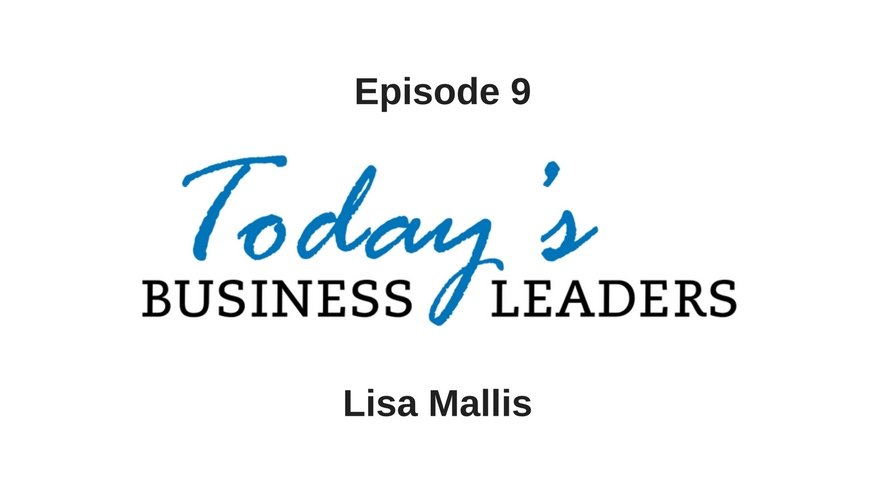When you are in the thick of things it can be hard to stay on track and focus on priorities. Unexpected challenges can make it especially difficult to cross items off your to-do list. In this episode of Today’s Business Leaders Lisa of Impactive Strategies and Gabe of Business Marketing Engine explain how to merge work emergencies, or fires, into your day.
Establishing Priorities
You know what your prioritizes are and how to go about accomplishing everything. If not, check out our first episode to learn about the magic of 168. Aligning tasks and goals allows you to determine your priorities.
Using A.W.E. to Prioritize
A.W.E. is an acronym that stands for Awareness, Work and Evaluation. In episode two Lisa outlined how to use A.W.E. to end distractions. This principle can be applied to urgent and unexpected tasks that take you away from your to-do list. Being aware of priorities and creating a plan to take on these tasks ensures you accomplish what you set out to do. Implementing structure keeps your priorities top of mind and focused.
Distraction vs. Emergency
All too often people will be faced with a distraction, but they will misidentify it as an emergency, or a fire. Distractions can take many forms from email to phone calls and other tasks that appear urgent. To further complicate matters sometimes urgent tasks are thrust into your day that demand immediate attention. In order to keep your day on track and remain productive it is necessary to be able to identify whether or not a so-called fire is really an emergency.
Defining a Fire
Start to figure out the real fires by identifying whether the issue is your responsibility. You may not need to create a resolution for a fire just because someone came to you with the issue. Ultimately, if the alleged fire will not result in an extreme loss of money or present a health and safety issue it is not a true fire. The matter may still be urgent and need attention, but it may not require immediate focus from you.
Evaluating the Results
After completing a project take the time to step back and look at how much time you invested. Reviewing your work after the fact and focusing on how much time you spent will make it easier to estimate your time going forward. The more accurately you can gauge time the better you will become at allocating your time.
Using A.W.E. to Manage Your Time
Manage your time to avoid being sucked into something you think is a fire. When presented with a possible fire use A.W.E. to determine how to proceed and ensure you continue to move forward in a productive manner.
Next time Lisa and Gabe will discuss what happens when you want to do everything, but time is limited.




